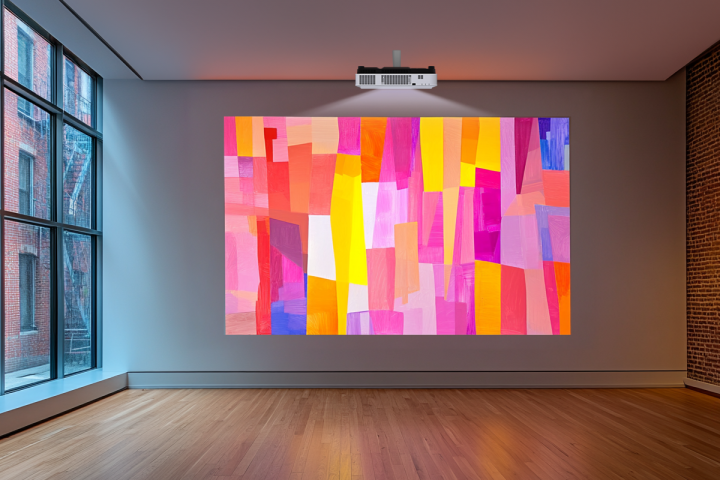If someone has suffered a stroke, the sooner they get the appropriate medical attention, the better. A new smartphone tool may help ensure that happens, by allowing first responders to determine if a patient has indeed experienced a stroke.
The symptoms of strokes can often be subtle and/or ambiguous.
In such cases, patients have to be assessed via a series of tests once they reach the hospital. If those tests indicate that a stroke has occurred, then the real treatment begins. However, if doctors knew that an incoming patient was already a confirmed stroke victim, then treatment could start as soon as that person reached the hospital.
That's where the experimental smartphone tool comes in.
Developed by a team of scientists from Australia's RMIT University, the software uses AI algorithms to analyze a video of the patient's face as they're told to smile. If the muscle movements of their face are found to be overly asymmetric, then the software alerts its user that the patient has recently experienced a stroke.
The system utilizes the existing Facial Action Coding System, in which facial expressions are broken down into individual components of muscle movement called Action Units.
"One of the key parameters that affects people with stroke is that their facial muscles typically become unilateral, so one side of the face behaves differently from the other side of the face," says the lead scientist, PhD scholar Guilherme Camargo de Oliveira. "We’ve got the AI tools and the image processing tools that can detect whether there is any change in the asymmetry of the smile – that is the key to detection in our case."
When tested on facial videos of post-stroke individuals and healthy volunteers, the system proved to be 82% accurate at identifying the stroke patients. That number should improve as the technology is developed further.
Plans now call for the tool to be converted into an app, which paramedics could use to spot strokes on the spot within a matter of seconds. In fact, scientists from Valencia Polytechnic University and Pennsylvania State University have already developed similar apps of their own. It should be noted that in all cases, more comprehensive tests such as CT scans would ultimately still be conducted at the hospital.
A paper on the research was recently published in the journal Computer Methods and Programs in Biomedicine.
Source: RMIT University via EurekAlert




